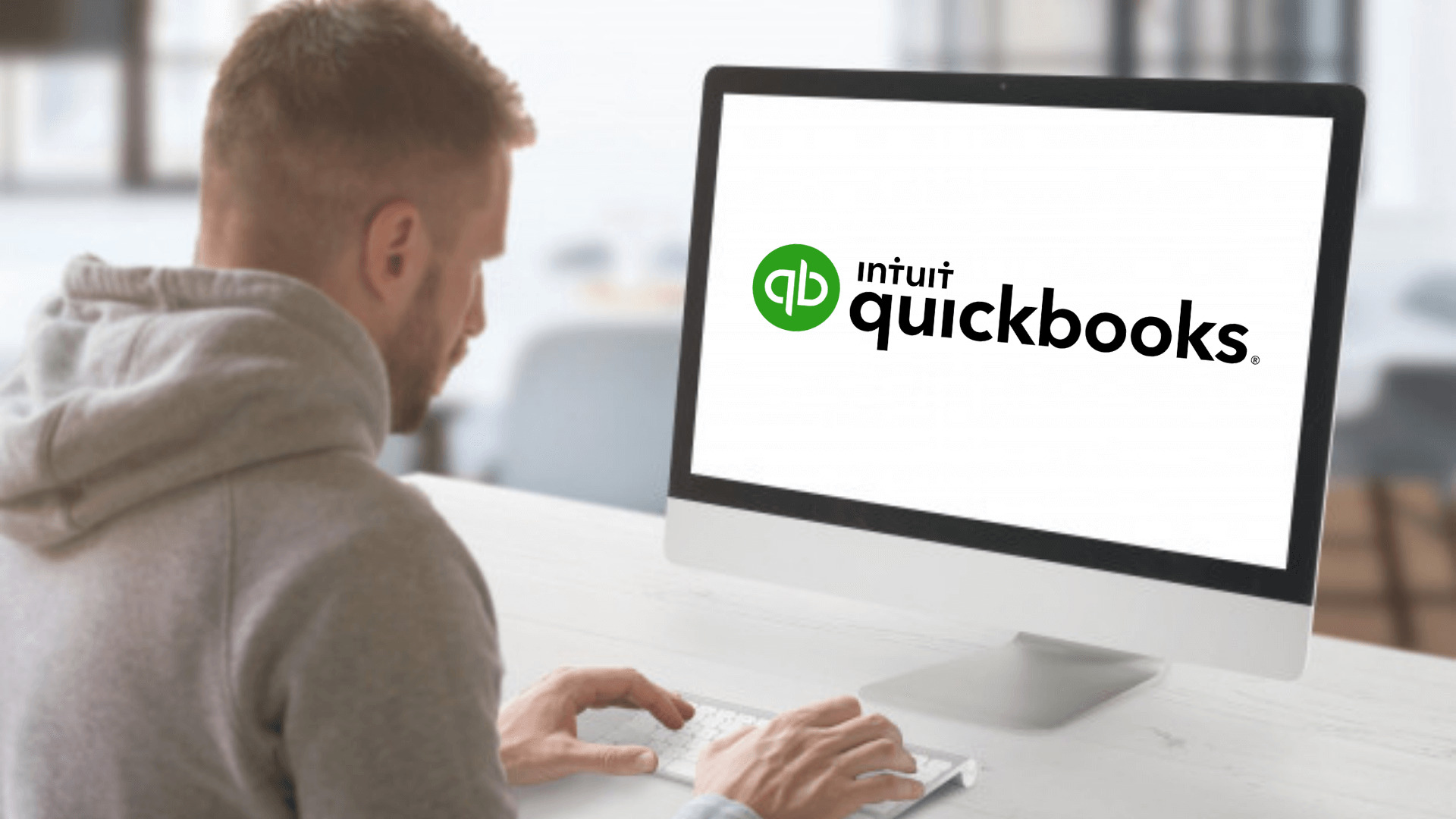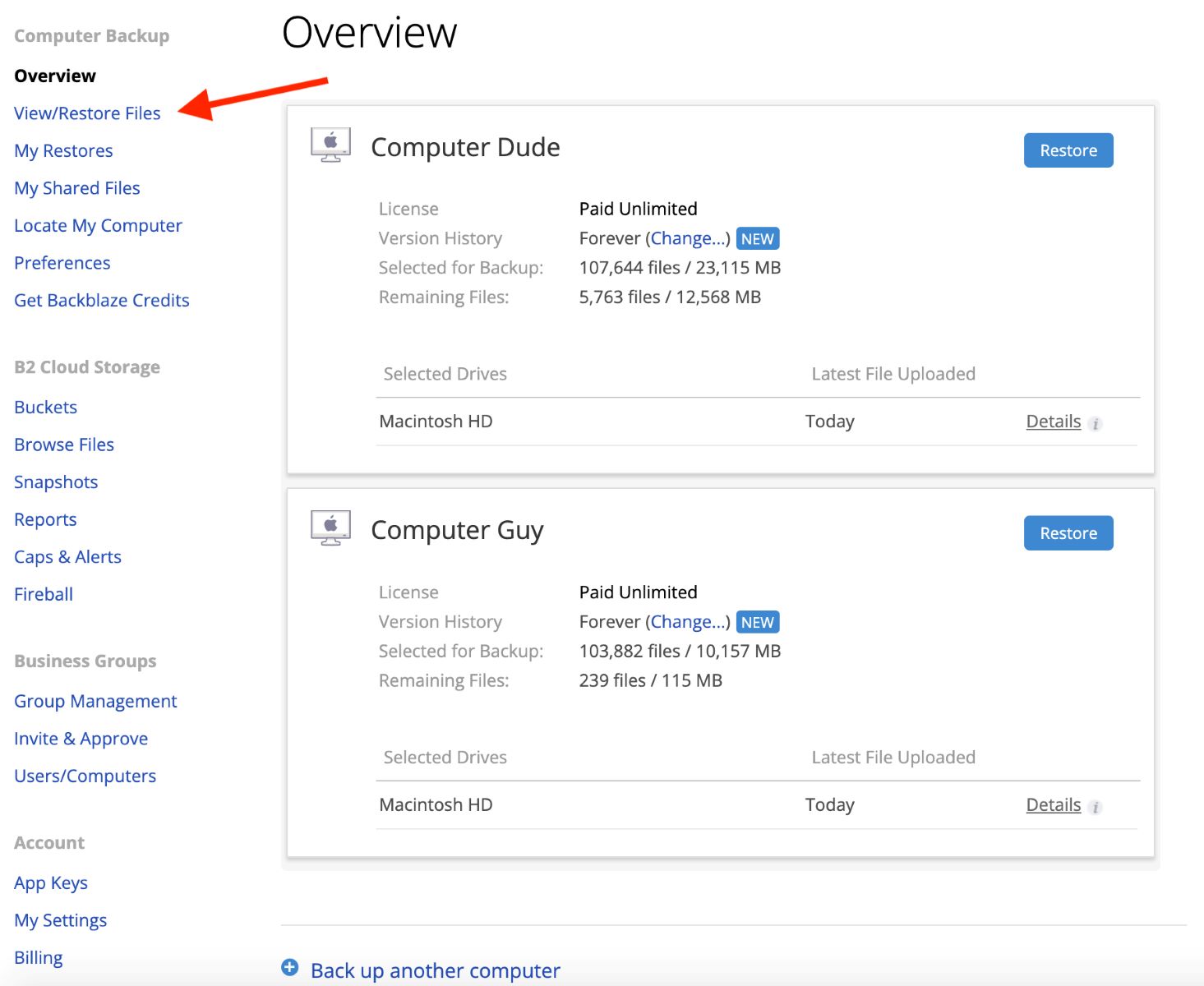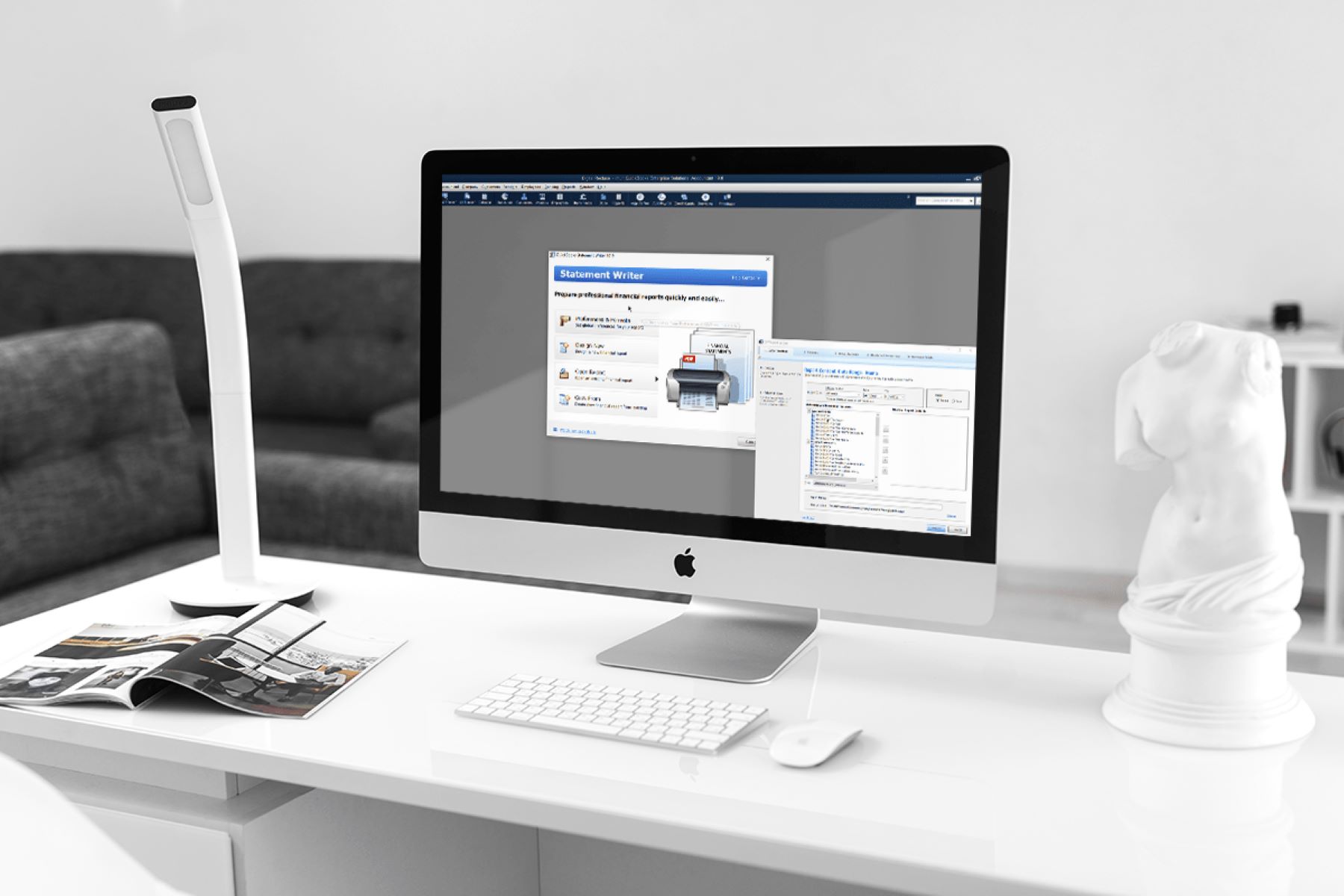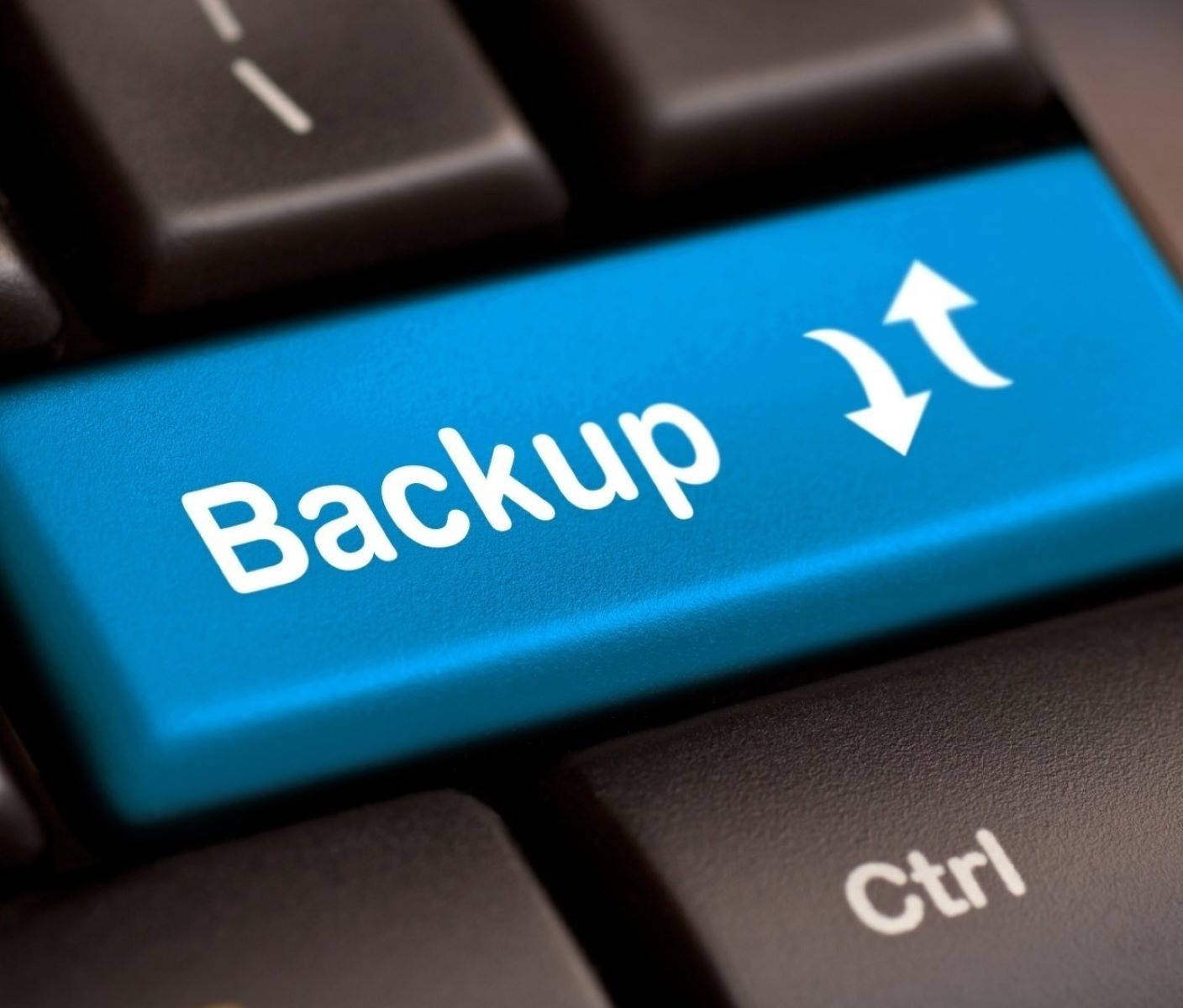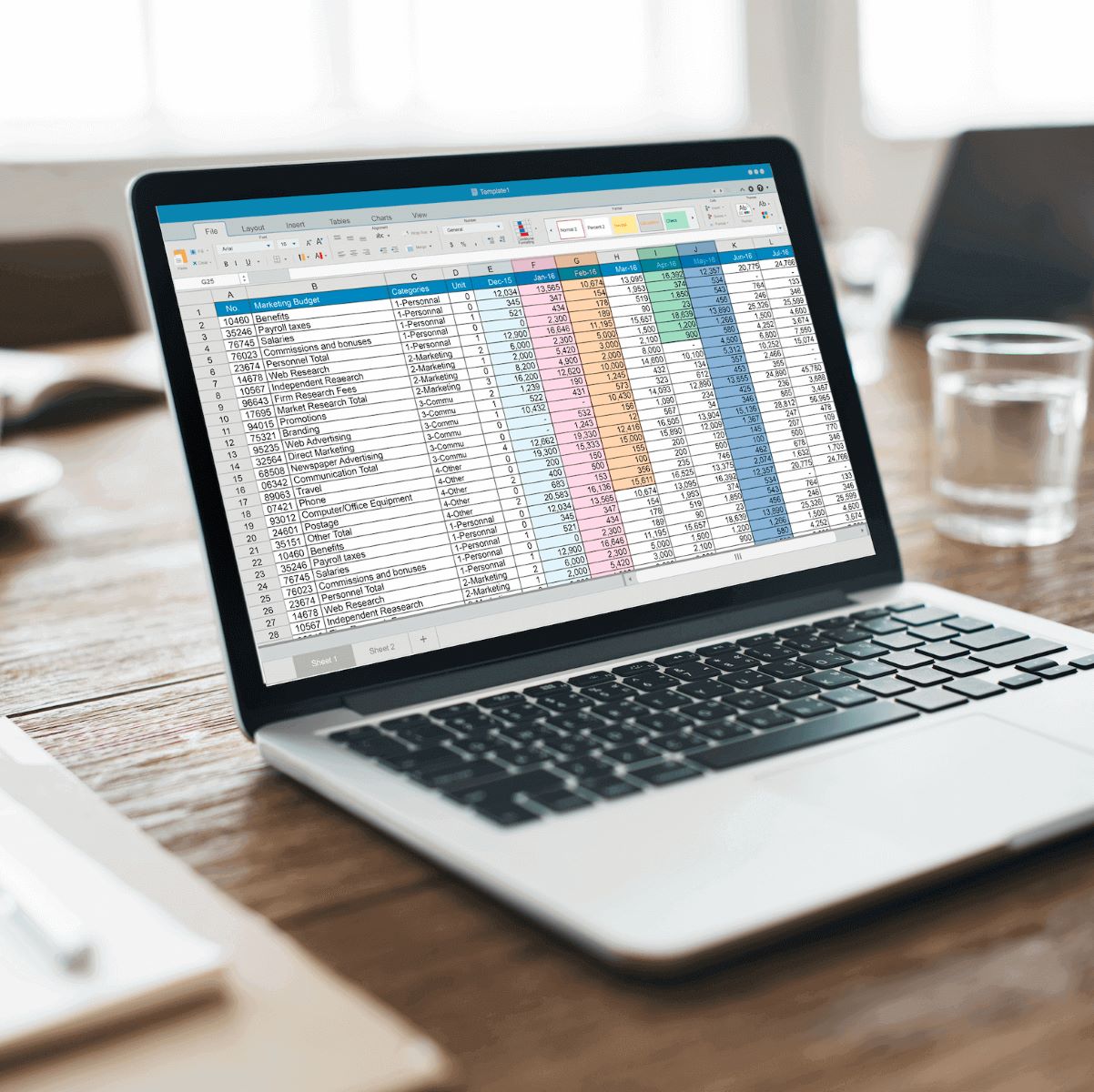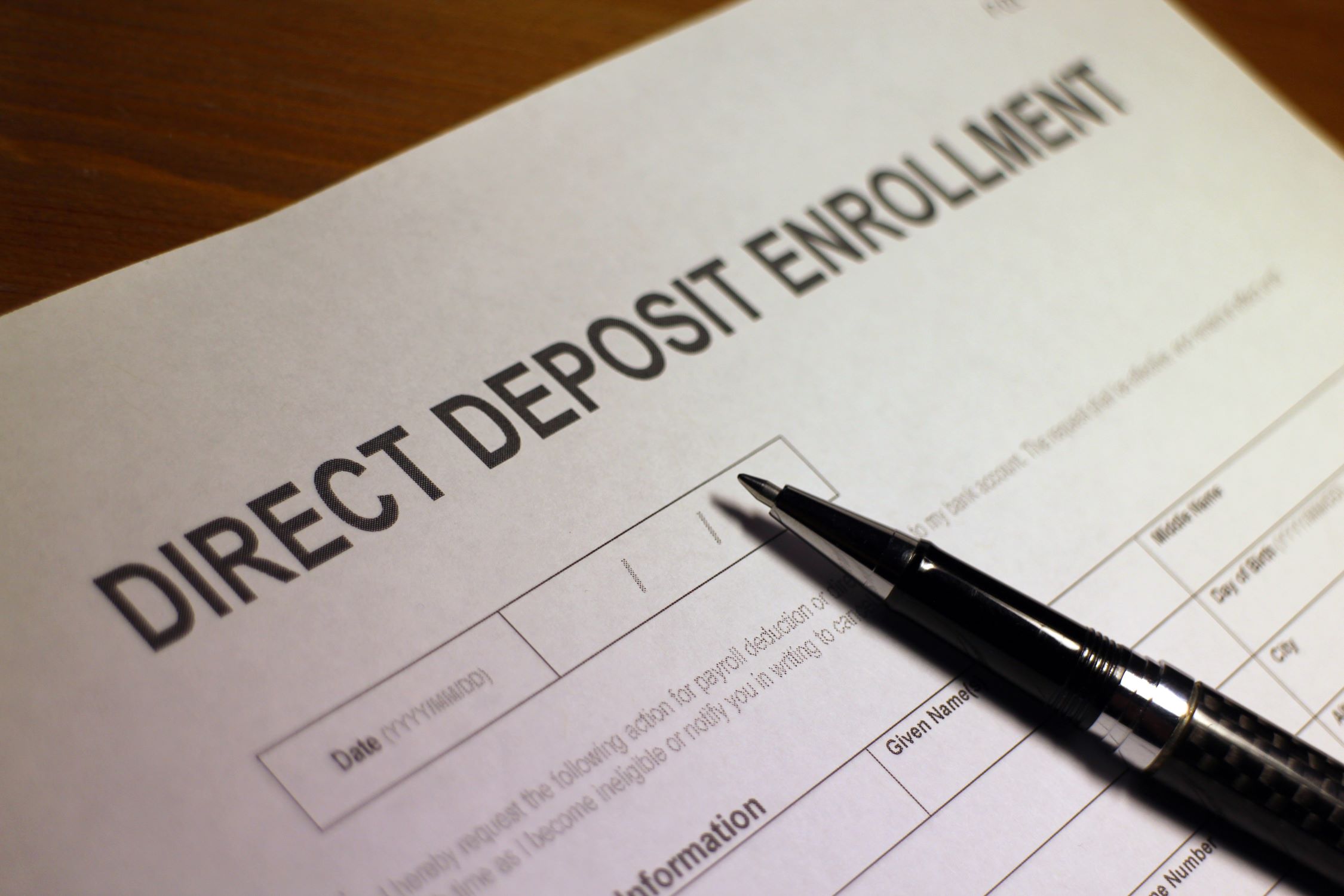Introduction
Welcome to our guide on how to transfer QuickBooks to a new computer. Whether you’re upgrading your hardware, switching to a new device, or simply need to move your QuickBooks files to a different computer, this step-by-step tutorial will walk you through the process.
QuickBooks is a powerful accounting software used by small businesses around the world. It helps you manage your finances, track expenses, generate reports, and handle invoicing and payroll. Transferring QuickBooks to a new computer ensures that you continue to have access to all your valuable financial data without any interruptions.
When you transfer QuickBooks to a new computer, you’ll need to back up your files, install QuickBooks on the new computer, and then transfer your data. It’s important to carefully follow each step to avoid any potential data loss or compatibility issues.
In this guide, we’ll cover everything you need to know, including how to:
- Back up your QuickBooks files
- Install QuickBooks on your new computer
- Transfer your QuickBooks files
- Migrate your QuickBooks license
- Update QuickBooks on your new computer
- Troubleshoot common issues
By the end of this guide, you’ll have all the knowledge and tools necessary to successfully transfer QuickBooks to a new computer. Let’s get started!
Backing Up Your QuickBooks Files
Before transferring QuickBooks to your new computer, it’s important to back up your files to ensure that none of your important financial data is lost. Here’s how you can do it:
- Open QuickBooks on your current computer and go to the “File” menu.
- Select “Create Backup” or “Backup Company” from the drop-down menu. This will open the “Create Backup” window.
- In the “Create Backup” window, choose the location where you want to save the backup file. It’s recommended to save it to an external storage device, such as a USB drive or an external hard drive, to ensure that you have a separate copy of your data.
- Click on “Options” to customize your backup preferences. You can choose whether to back up only the active company file or all company files, and whether to include attachments, templates, or previous QuickBooks versions in the backup.
- Once you’ve selected your preferences, click on “Next” and then “Save” to start the backup process. Depending on the size of your company file, this may take some time.
- Once the backup is complete, you’ll receive a confirmation message. Make sure to verify that the backup file has been successfully saved to the specified location.
It’s a good practice to regularly perform backups of your QuickBooks files, even if you’re not transferring to a new computer. This ensures that you always have a recent copy of your data in case of any unforeseen events, such as system crashes or data corruption.
Remember to keep the backup file in a safe and secure location, preferably in a different physical location than your computer. This provides an extra layer of protection in case of theft, fire, or other disasters that could potentially damage both your computer and the backup.
Once you’ve successfully backed up your QuickBooks files, you’re ready to proceed to the next step: installing QuickBooks on your new computer.
Installing QuickBooks on Your New Computer
Now that you have backed up your QuickBooks files, it’s time to install QuickBooks on your new computer. Follow these steps to get started:
- Insert your QuickBooks installation disc into the CD/DVD drive of your new computer. If you don’t have a disc, you can download the installation file from the official QuickBooks website.
- Open the setup file from the installation disc or the downloaded file.
- Follow the on-screen prompts to start the installation process. If prompted, enter your QuickBooks license key. You can find your license key either on the installation disc or in the email confirmation if you downloaded the software.
- Choose a location on your new computer where you want to install QuickBooks. The default location is usually in the Program Files folder. If you prefer a different location, click on “Browse” and select a different folder.
- Select the installation type. If you’re installing QuickBooks for the first time on your new computer, choose the “Express” option. This will install the software with the recommended settings. If you’re reinstalling QuickBooks or have specific preferences, choose the “Custom and Network Options” option.
- Click on “Install” to begin the installation process. Wait for the installation to complete.
- Once the installation is finished, you’ll see a confirmation message. Click on “Finish” to exit the installation wizard.
After installing QuickBooks, it’s a good idea to check for any available updates. This will ensure that you have the latest features and security patches. To update QuickBooks:
- Open QuickBooks on your new computer.
- Go to the “Help” menu and select “Update QuickBooks”.
- Click on “Update Now” and wait for QuickBooks to download and install any available updates.
- Once the update is complete, restart QuickBooks to apply the changes.
With QuickBooks now installed and updated on your new computer, you’re ready to transfer your QuickBooks files from the backup.
Transferring Your QuickBooks Files
Now that you have QuickBooks installed on your new computer, it’s time to transfer your QuickBooks files from the backup to the new computer. Here’s how you can do it:
- Connect the external storage device (USB drive or external hard drive) where you saved your QuickBooks backup to your new computer.
- Open the external storage device and locate the QuickBooks backup file (with the .qbb extension) that you created earlier.
- Copy or cut the backup file, and then navigate to the location on your new computer where you want to store your QuickBooks files.
- Paste the backup file into the desired location on your new computer.
- Launch QuickBooks on your new computer and go to the “File” menu.
- Select “Open or Restore Company” from the drop-down menu and choose “Restore a Backup Copy”.
- Click “Next” and select “Local Backup”.
- Browse to the location where you pasted the QuickBooks backup file and select it.
- Follow the prompts to complete the restoration process. Make sure to choose an appropriate location on your new computer to save the restored company file.
- Once the restoration is complete, you can open your QuickBooks company file on your new computer.
It’s important to note that if you have multiple company files or associated files (such as templates or attachments), you’ll need to repeat the transfer process for each file to ensure that all your data is properly migrated to the new computer.
After transferring your QuickBooks files, take some time to verify that everything has been successfully transferred. Open your company file, check your transactions, run reports, and ensure that all the information is intact and accurate.
Now that your QuickBooks files are safely transferred to your new computer, the next step is to migrate your QuickBooks license to the new device.
Migrating Your QuickBooks License
When transferring QuickBooks to a new computer, it’s crucial to migrate your QuickBooks license to ensure that you can continue using the software without any issues. Here’s how you can migrate your QuickBooks license:
- On the new computer, open the QuickBooks software and go to the “Help” menu.
- Select “Manage My License” and then “Deauthorize This Computer”.
- Follow the prompts to confirm the deauthorization. This will remove the license from your old computer.
- Next, go to the “Help” menu again and select “Manage My License”.
- Choose the option to “Activate QuickBooks” and enter your QuickBooks license and product information.
- Click “Next” and follow the prompts to complete the activation process.
If you encounter any issues during the license migration process, such as an expired or invalid license, you may need to contact QuickBooks support for further assistance. They can help you verify your license information and ensure a smooth transition to your new computer.
It’s essential to keep your QuickBooks license information and product activation details in a safe place. This will make it easier to migrate your license and activate QuickBooks on future devices, should the need arise.
With your QuickBooks license successfully migrated to the new computer, you’re now ready to update the software to the latest version.
Updating QuickBooks on Your New Computer
After migrating your QuickBooks files and license to your new computer, it’s important to update the software to ensure you have the latest features, bug fixes, and security enhancements. Here’s how you can update QuickBooks:
- Open QuickBooks on your new computer.
- Go to the “Help” menu and select “Update QuickBooks”.
- In the “Update QuickBooks” window, click on “Update Now”.
- QuickBooks will now connect to the internet and check for available updates.
- If updates are found, you’ll see a list of available updates. Click on “Get Updates” to download and install them.
- Once the update is complete, restart QuickBooks to apply the changes.
It’s recommended to regularly check for updates to ensure that you’re using the most up-to-date version of QuickBooks. Updates often include important security patches and performance improvements, so it’s crucial to stay current.
During the update process, ensure that you have a stable internet connection to download the updates smoothly. It’s also advisable to save any unsaved work and close any other applications running on your computer to minimize any potential conflicts or interruptions during the update installation.
Now that QuickBooks is updated on your new computer, you can start using all the features and benefits of the latest version. If you encounter any issues or have questions about the updated software, QuickBooks provides detailed documentation and customer support to assist you.
With our step-by-step guide, you’ve successfully transferred QuickBooks to your new computer, ensuring that your financial data is securely migrated to the new device. Remember to keep your QuickBooks files regularly backed up to avoid any future data loss.
Troubleshooting Common Issues
While transferring and setting up QuickBooks on a new computer is usually a smooth process, you may encounter some common issues along the way. Here are a few troubleshooting tips to help you overcome these challenges:
- Compatibility issues: Ensure that your new computer meets the system requirements for the version of QuickBooks you’re using. Check the QuickBooks website for the minimum requirements and make any necessary updates to your computer.
- Missing files: If you’re unable to locate your QuickBooks backup files on the external storage device, double-check the file path and ensure that the files were properly copied or moved.
- License activation: If you’re having trouble activating QuickBooks on your new computer, verify that you’ve correctly entered your license information. If issues persist, reach out to QuickBooks support for further assistance.
- Data integrity: After transferring your QuickBooks files, open the restored company file and thoroughly check your transactions, reports, and balances to ensure data integrity. If you notice any discrepancies or missing data, restore the backup file again and double-check the transfer process.
- Network connection: If you’re transferring QuickBooks files across a network, ensure that your network connection is stable and reliable. A weak or intermittent connection can cause transfer issues or data corruption.
- File size restrictions: If your QuickBooks company file is very large, you may encounter issues during the transfer process. In such cases, consider condensing or archiving old data to reduce the file size before transferring it to the new computer.
If you encounter any other issues or errors during the transfer process, referencing the QuickBooks support website or contacting their customer support team will provide you with specific troubleshooting steps for the problem you’re facing.
Remember to keep a backup of your QuickBooks files stored in a safe and separate location, even after successfully transferring them to the new computer. Regular backups are essential for data protection and disaster recovery.
By following these troubleshooting tips and seeking assistance if needed, you can overcome any common issues that may arise during the transfer of QuickBooks to a new computer.
Conclusion
Congratulations! You have completed the process of transferring QuickBooks to your new computer. By carefully following the steps outlined in this guide, you have successfully backed up your QuickBooks files, installed the software on your new computer, transferred your data, migrated your license, updated QuickBooks, and resolved any common issues that may have arisen along the way.
Transferring QuickBooks to a new computer is a crucial step to ensure uninterrupted access to your financial data. By backing up your files, installing QuickBooks correctly, and migrating your license, you can continue managing your finances efficiently.
Remember, it’s essential to regularly back up your QuickBooks files to protect your financial data from potential loss or corruption. Additionally, staying updated on the latest version of QuickBooks guarantees access to new features, improved performance, and enhanced security.
If you encounter any difficulties during the transfer process, QuickBooks provides excellent customer support resources. QuickBooks customer support can assist you with any technical issues or answer any questions you have about the software.
With your QuickBooks files successfully transferred to your new computer, enjoy the seamless and uninterrupted accounting experience offered by this industry-leading software.
Thank you for following this guide. We hope it has been helpful in simplifying the process of transferring QuickBooks to your new computer. Should you require any further assistance, please feel free to reach out to us or consult the QuickBooks support resources. Happy accounting!









